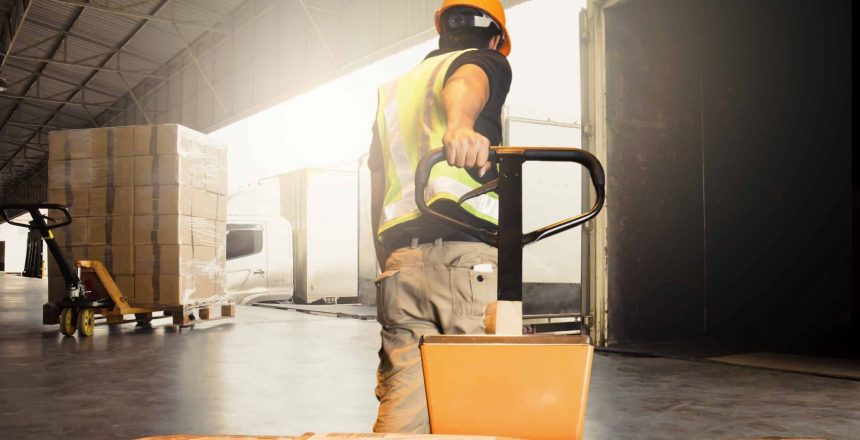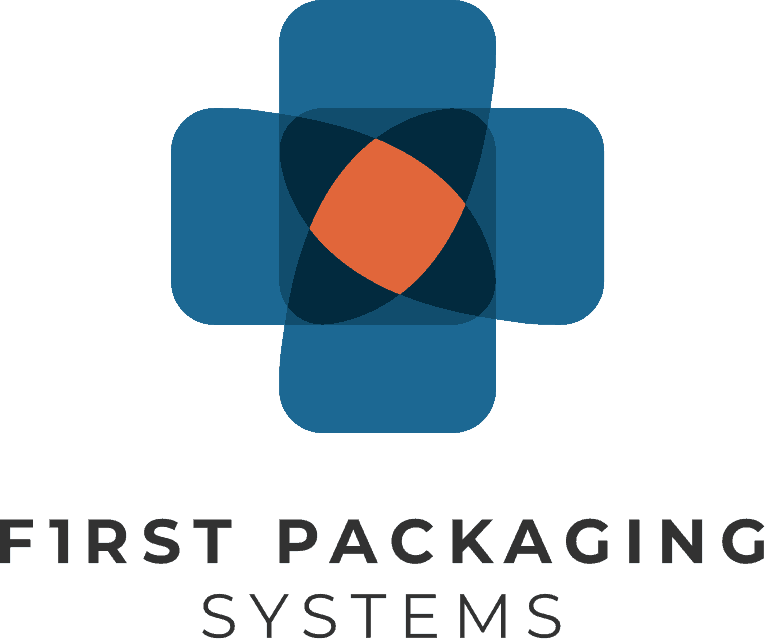Back in the day, we used a landline to make a phone call, or drive a car with a stick shift. We once loved to listen to ’80s music on our Sony Walkman.
Some of us may still enjoy doing these things in a retro, or even ironic sense. But while “old school” might work for fashion and music, when it comes to smart packaging buying, it could actually do damage to your company’s profitability.
In the old days, a good purchaser knew that nothing was more important than finding the lowest cost per unit on materials and supplies. It didn’t get much more complicated than finding a supplier who could give you the lowest price on whatever materials you needed in order to be successful. Granted, you might have to buy in bulk to drive the per-unit cost down, but that was part of the dance. It was how you played the game.
But times have changed, and purchasing has become more sophisticated. For example, instead of eyeballing our inventory levels, we now use algorithms to calculate the optimal reorder date, ensuring the materials arrive on the right day to avoid downtime or material overstock.
Over the years, we’ve made a crucial shift from the “cost per unit” mindset to the “cost of finished goods out the door” paradigm. Unfortunately, not everyone in the purchasing game has received that memo yet.
Here’s how to spot the difference between those who have and those who haven’t: Those who have made the shift from “cost of inventory” to the “cost of finished goods” model have significantly increased their productivity and profitability. Those who haven’t are slowly draining their company’s bottom line; they just don’t know it yet.
For the record, here’s the scoop on why “Cost of finished goods” makes more sense, according to strategic management expert Wendel Clark:
“Small businesses need to be aware of their inventory in order to adjust their production levels,” he says. “One of the most important inventories to be familiar with is the finished goods inventory, as it indicates the number of goods available to be sold.”
Or, more simply, if you’re not factoring in the “cost of finished goods out the door,” you’re losing money.
You might be wondering, “What exactly is a ‘Finished Good or Service?’”
Glad you asked! In a basic sense, anything bought as a raw material used to manufacture a product is considered finished goods, including the packaging materials needed to get that product out the door and on the shelf for sale.
Meaning that when the manufacturing process is completed, but the product is not yet sold or distributed to the end-user, it’s considered a “finished good.”
Makes sense, right? Now you might be wondering, “How do I calculate the cost of my finished goods?” That’s another great question.
Here’s how: The cost of finished goods, including all expenses incurred along the production path, includes three basic components:
- Direct labor
- Direct materials
- Overhead
It’s also essential to factor in the cost of these finished goods as they sit in available inventory. Those carrying costs that also need to be factored in.
At FPS, we’re able to impact each of those bullet points above for our customers through automation, materials management and indirect costs assessments.
If you’re interested in learning more about how we can help you make smarter purchasing decisions, or simply want to gain insight about optimizing your production and packaging process, be sure to call us first. We’re here to help.

